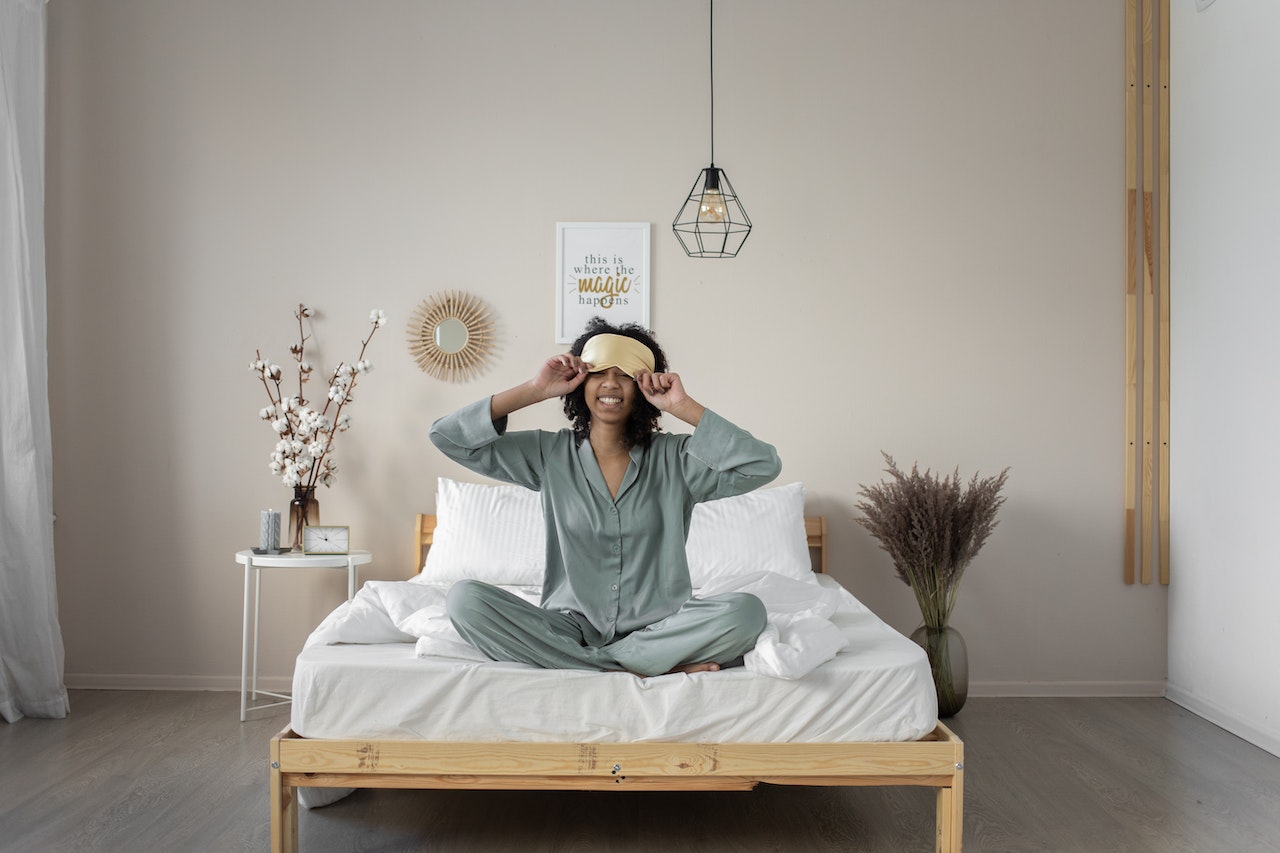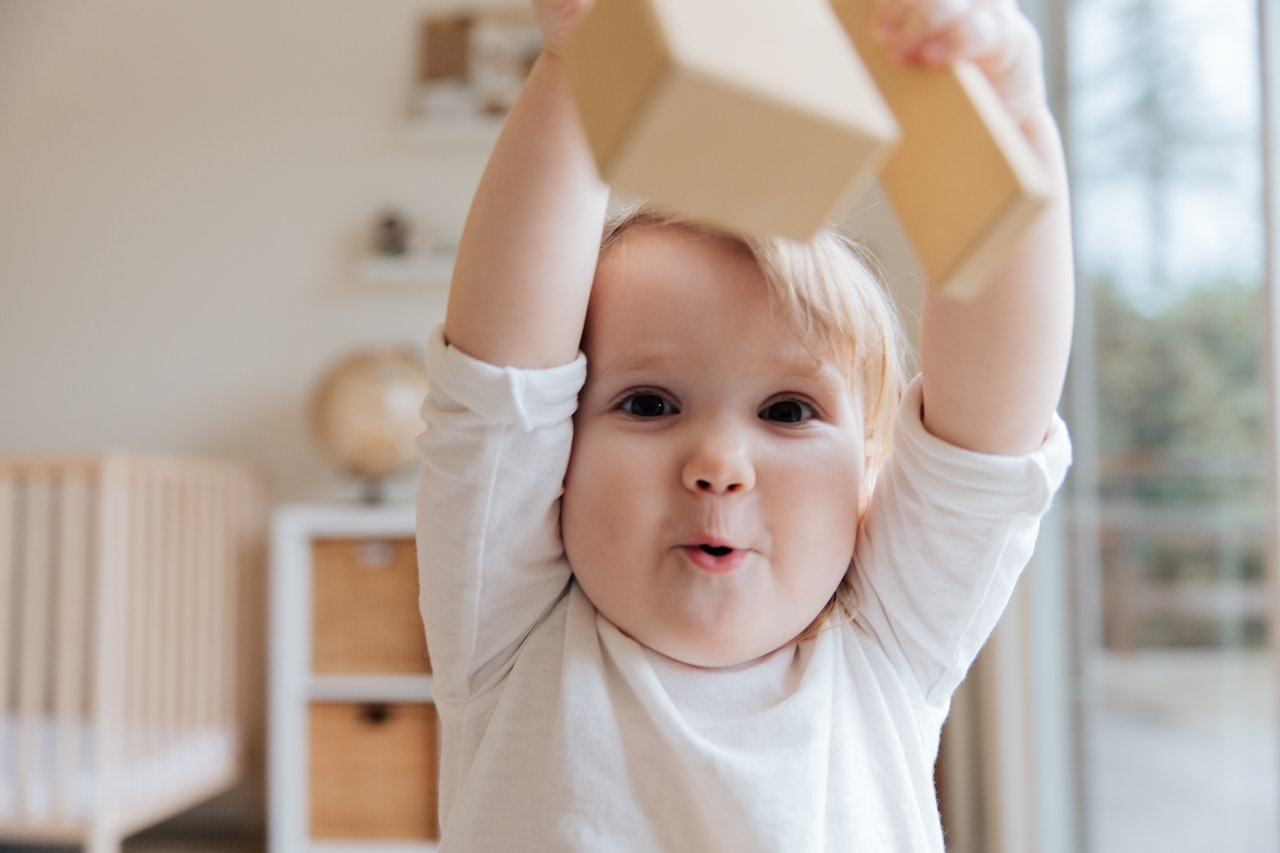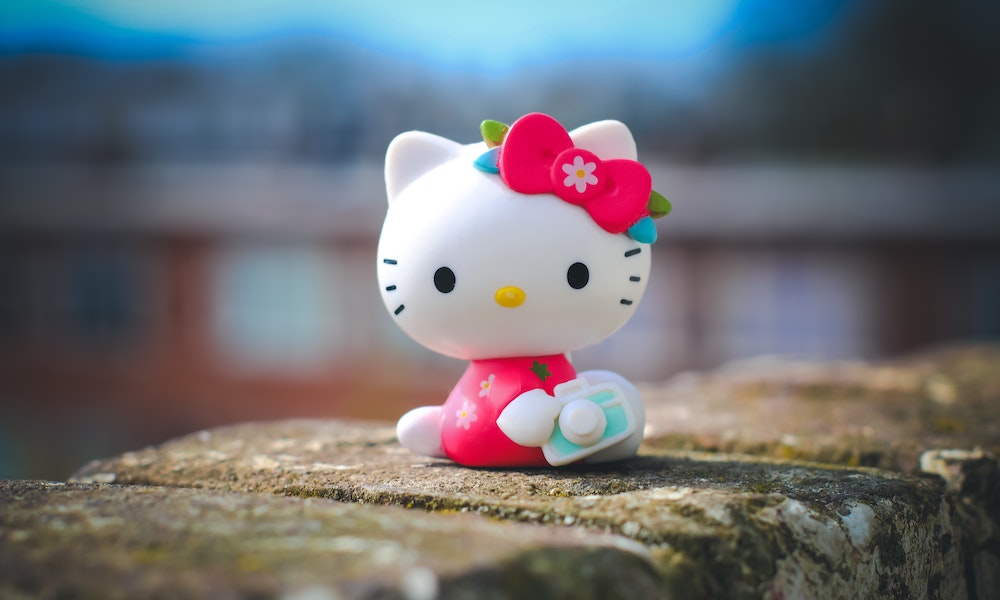Wood furnishings and floorings lend a timeless aesthetic to your home. Wood never seems to go out of style, which is great because it can last for decades given proper care and maintenance. The key to beautiful wood features is to preserve them with an attentive care routine that involves relatively easy-to-perform steps such as cleaning and polishing.
In this guide, we’ll detail how to maintain your wood floors and either new or antique wood furnishings, including profiles for floors, so that they continue to look their best from one year to the next. With optimum care for your wood features, you can get more value from them and put off replacement costs.
Cleaning Your Wood Features: Best Tools and Techniques
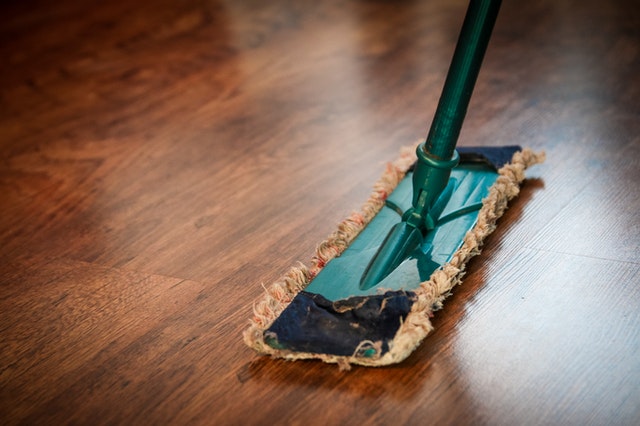
The first step to achieving great-looking wood features like flooring and tables is to clean them. There are different types of cleaning tasks that you’ll need to perform periodically. Each task will necessitate some different tools and techniques that we’ll outline here.
Dusting
Weekly dusting can help you keep your wood furniture looking its best. You can also use a dust mop on your wood floors to keep them free from dirt and dust. Some typical dusting tools include:
- Feather duster
- Lamb’s wool duster
- Dust mop
- Treated non-scratch cloths
- Lint-free or microfiber cloths
These tools will remove dust effectively. We’ll examine how to achieve a deeper clean in another section, but routine dusting will make deep cleaning a more straightforward process.
Mold Removal
As wood ages and sealers break down, it may become vulnerable to mold development. Mold issues are less commonplace inside but are definitely something to look out for in moisture-rich settings like bathrooms, kitchens, and laundry rooms. To clean mold from wood, be sure to wear an air mask so that you don’t breathe in any spores. Then, vacuum the area so that you can collect any loose mold spores.
To clean, you can scrub treated or painted wood with soapy water. If the wood is raw, you can use bleach. If the mold is particularly bad and has stained the wood, you may want to sand it and then clean and refinish it.
Deep Cleaning Wood Furnishings and Flooring
Deep cleaning refers to those measures beyond light dusting. Although there are many commercial sprays for cleaning wood on the market today, you can also rely on warm soapy water and a damp cloth to remove dirt and grime. You’ll want to avoid spilling water onto the wood, but a damp rag will remove the dirt from your furniture.
To deep clean your wood floors, try a product like Murphy’s oil soap, formulated to clean wood floors gently. You can also remove dirt and grime from wood flooring using a mixture of vinegar and warm water (one part vinegar to 10 parts water) and a few drops of Pure-Castile Soap.
Removing Stains
Removing stains from wood floors and furnishings is possible. Even when diligently trying to guard against wood stains, they can occur. Water stains are among the most common wood stains. To remove a water stain, you can make a paste from equal parts water and baking soda. Apply the paste to the water stain and scrub until the stain is gone. Then, clean up the paste.
Other stains, especially dark stains that have seeped deeply into the wood, may require sanding. You can use sandpaper to rub these stains away. Once the stain has been eliminated, you’ll want to apply some varnish, a few coats to match the surrounding wood color.
If you choose to use commercial products for cleaning your wood furniture or flooring, be sure to follow the manufacturer’s instructions for the best results.
Maintenance Tips for Wood Floors and Furnishings
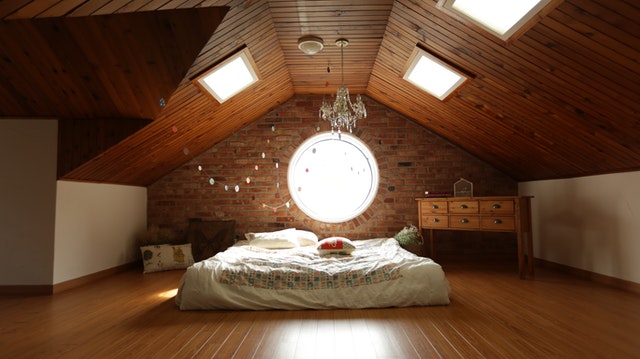
Proper maintenance of your wood flooring and furnishings will help you keep these features in good condition. Maintenance may involve several steps that we’ll outline here.
Polish (or Wax) Wood Furnishings and Floors
After cleaning your wood floors and furnishings, you can apply wood polish to protect the wood’s surface and enhance its shine. Polishing is vital because a thorough cleaning will remove some of the previously applied polish. After cleaning, adding a new coat of polish is an easy way to protect these wood features while enhancing their attractive look. Not satisfied with the shine? Simply apply a second coat of your wax or polish to bring out the wood’s beautiful shine.
Your wood floor may begin to look dull after a few years. When it does, you can rejuvenate it by recoating it with its finish. Generally speaking, you can recoat your wood floor every three to five years to ensure it looks its best.
Oil Your Wood Furniture
If your wood furnishings have an oil or wax finish can benefit from an oil treatment once or twice a year. The oil will help prevent the wood and finish from drying and cracking. If your furnishings are painted or sealed with lacquer, they won’t require oil treatments.
Repairing Surface Scratches
If your wood floor and furniture have been scratched, you should be able to rub them out using a mixture of mineral oil and pumice powder. Afterward, you can buff the area with a dry cloth. If the scratch is deep, you may not be able to remove it easily. However, you can use wax to fill the crack, hiding it from view. For large scratches, you will have to sand them out using an electric sander following a new coat of polyurethane. With laminated flooring, it can be easier to repair by replacing just the damaged section of the flooring for both scratched or swollen segments.
Protect Wood Features and Prevent Future Damage

We’ve covered how to clean and maintain your wood floors and furnishings, but it’s always important to project these features from damage. For instance, you can often avoid penetrating stains by blotting up spills as quickly as possible before they can set into the wood. Here are some other ways to keep your wood features protected and well cared for:
Heat
Heat can actually stain your wood. Heat stains are common and can be caused by fireplaces or even hot mugs filled with coffee or tea. You can remove heat marks and stains with a hairdryer. Although this seems incongruous since heat caused the problem, applying heat after the fact can be an effective removal method. Simply use the hairdryer on its lowest heat setting and direct the air toward the stain. You can also remove heat stains by rubbing a touch of regular toothpaste and a damp cloth over the stain.
Direct Sunlight
Direct sunlight can dull and dry out your wood furniture and floors. For this reason, you should keep your furniture away from windows that allow direct sunlight into the room. Or, be sure to close the curtains or blinds during the day. Of course, you may prefer your curtains open and enjoy the natural light. In these cases, you can protect your wood by placing a protective film over the window; it blocks UV rays from entering and damaging your wood features. Changing your furniture configuration can also be advisable so that the same pieces aren’t always subject to the most sunlight.
Avoid All-Purpose Cleaners
All-purpose cleaners often contain harsh detergents and chemicals that can be damaging to wood flooring and wood furniture. We’ve already discussed how to clean your wood features–and it’s much cheaper to use a few drops of gentle dish soap and water instead of powerful all-purpose cleaners.
Avoid Product Build-Up
Too much protective wax and polish can actually lead to a buildup that can detract from the beauty of your wood features. One coat or two tops is all your wood furniture needs for optimum protection and shine.
Avoid an Overly Dry Interior
Humidity can be unpleasant for humans, and too much can foster mold growth; however, your wood features will become dry and could crack without some moisture in the air. Without any moisture in the air, wood can split and become brittle.
Coverings
It seems counterintuitive to protect your wood features by covering them up, but for everyday wear and tear, you should consider using table cloths and rugs (especially near entrances). Adding rugs to high-traffic areas will help you project the wood from grime, stains, and scratches. You can protect tabletops using tablecloths during meals.
Coasters and Trivets
Be sure that you always have coasters and trivets available for use. Setting drinks down on tabletops can lead to water rings. You also can avoid heat stains by placing hot serving dishes on trivets rather than on your wood surfaces.
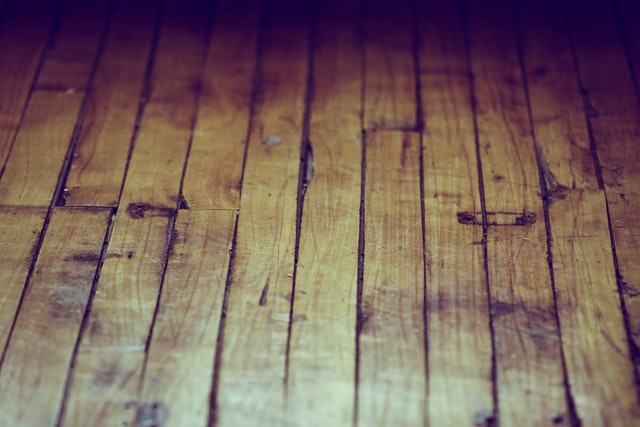
Use these tips to keep your wood furnishings and floors in tip-top condition. When properly cared for, these wood features can last for an indefinite amount of time. Beautiful wood floors can even enhance your home’s value and are an important selling feature of a home. Fortunately, it’s relatively cheap and easy to keep your wood furniture and floors maintained. Keep these tips on hand for convenient reference.

